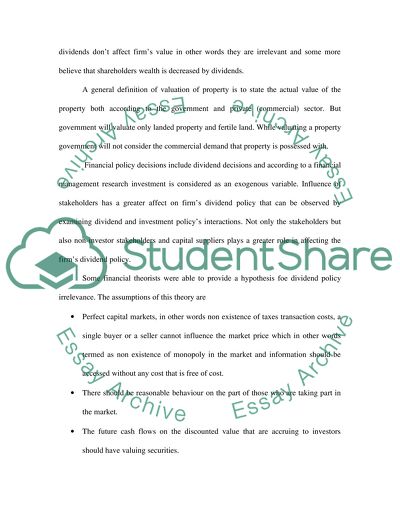Cite this document
(Perfect Capital Markets, Dividend Policy, and the Capital Investment R Term Paper, n.d.)
Perfect Capital Markets, Dividend Policy, and the Capital Investment R Term Paper. Retrieved from https://studentshare.org/finance-accounting/1501073-dividend-policy-essay
Perfect Capital Markets, Dividend Policy, and the Capital Investment R Term Paper. Retrieved from https://studentshare.org/finance-accounting/1501073-dividend-policy-essay
(Perfect Capital Markets, Dividend Policy, and the Capital Investment R Term Paper)
Perfect Capital Markets, Dividend Policy, and the Capital Investment R Term Paper. https://studentshare.org/finance-accounting/1501073-dividend-policy-essay.
Perfect Capital Markets, Dividend Policy, and the Capital Investment R Term Paper. https://studentshare.org/finance-accounting/1501073-dividend-policy-essay.
“Perfect Capital Markets, Dividend Policy, and the Capital Investment R Term Paper”, n.d. https://studentshare.org/finance-accounting/1501073-dividend-policy-essay.


